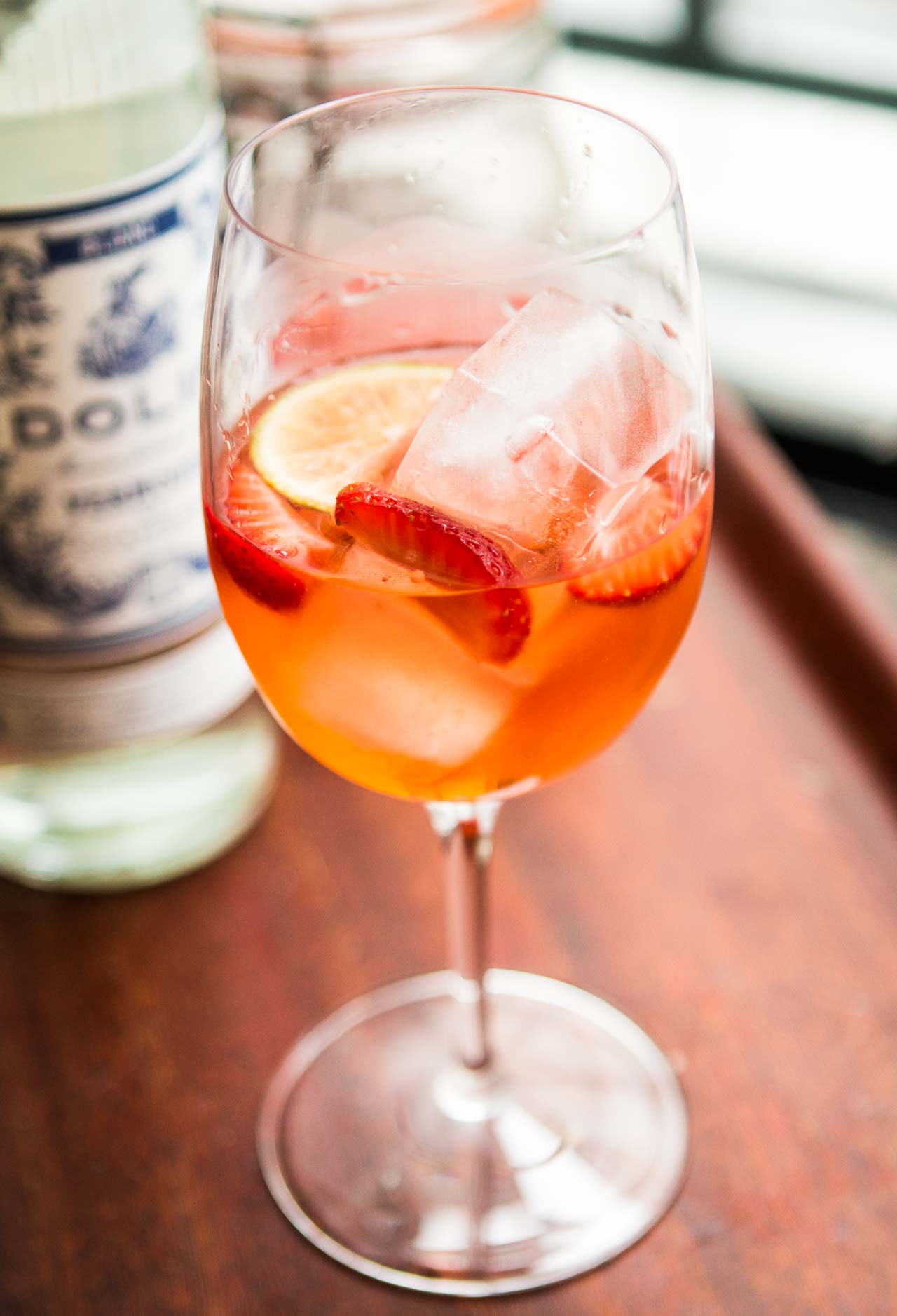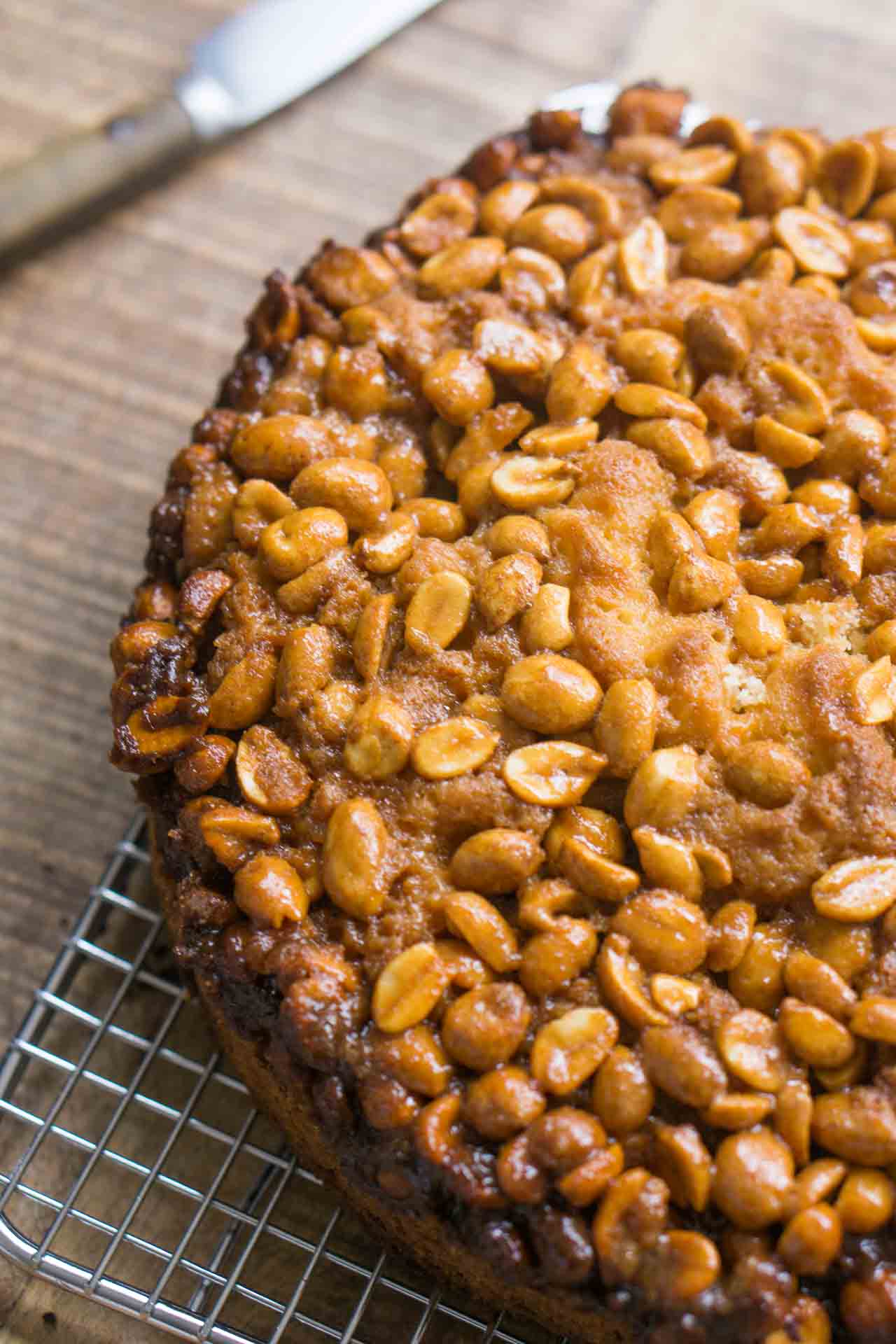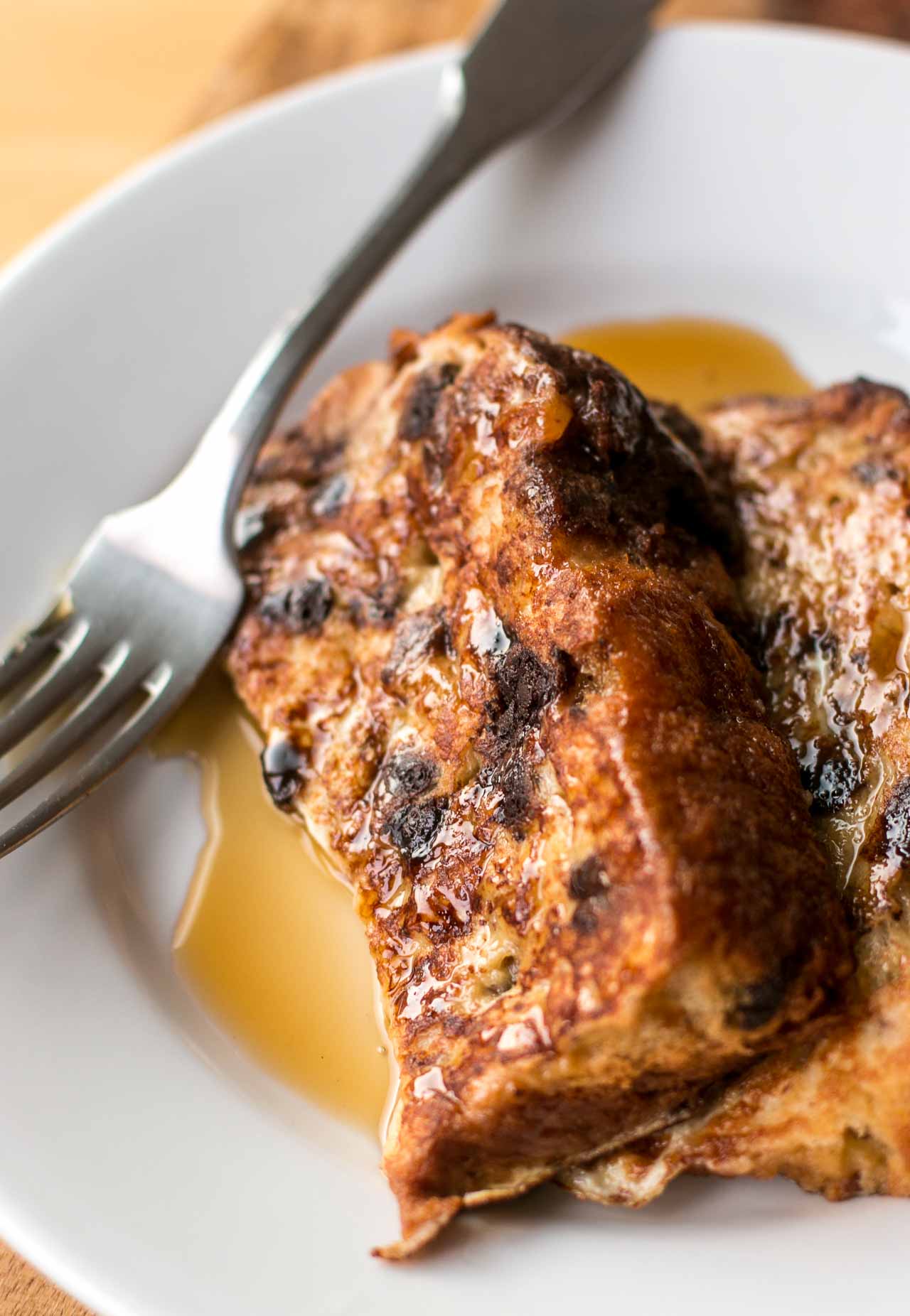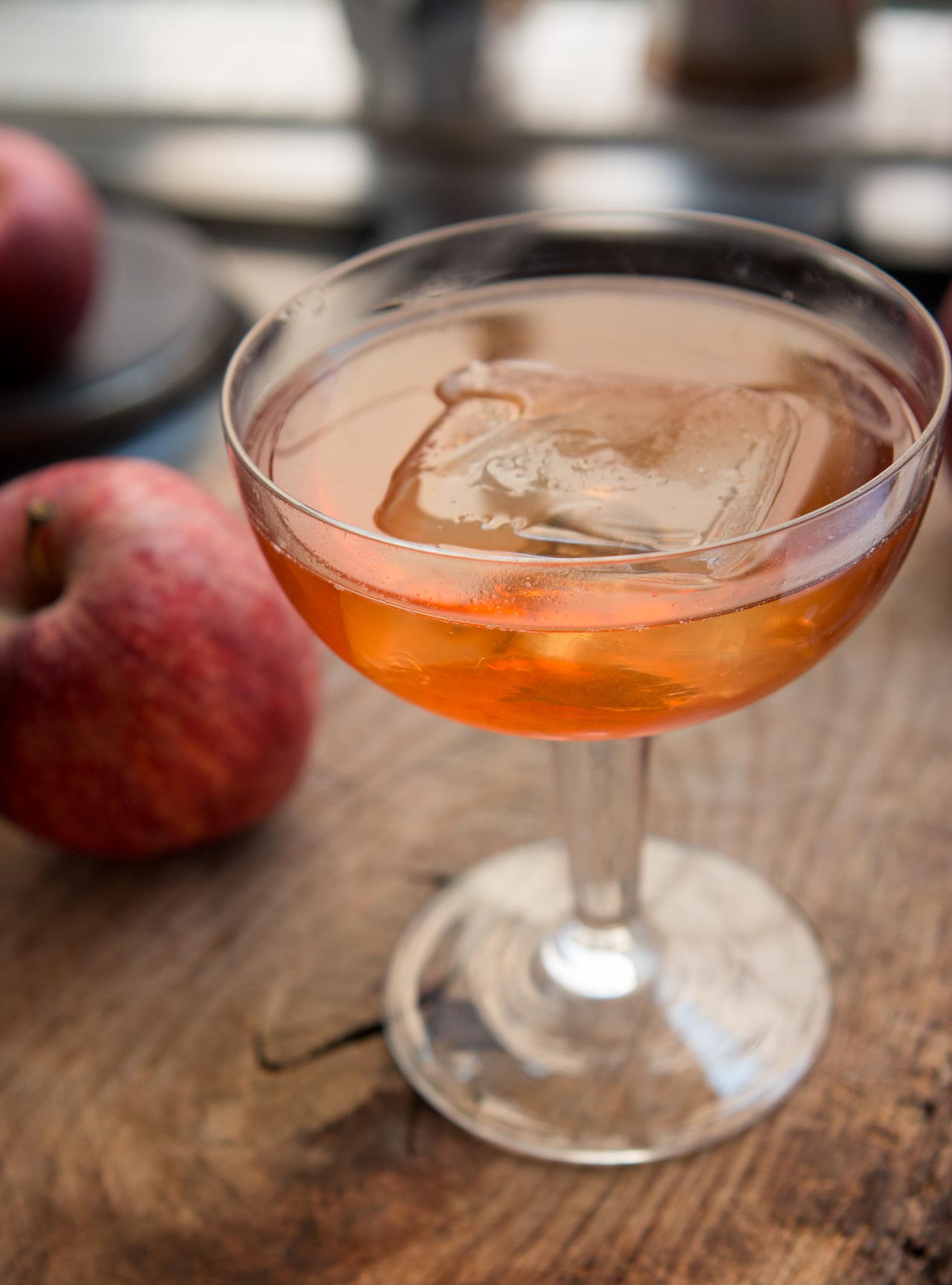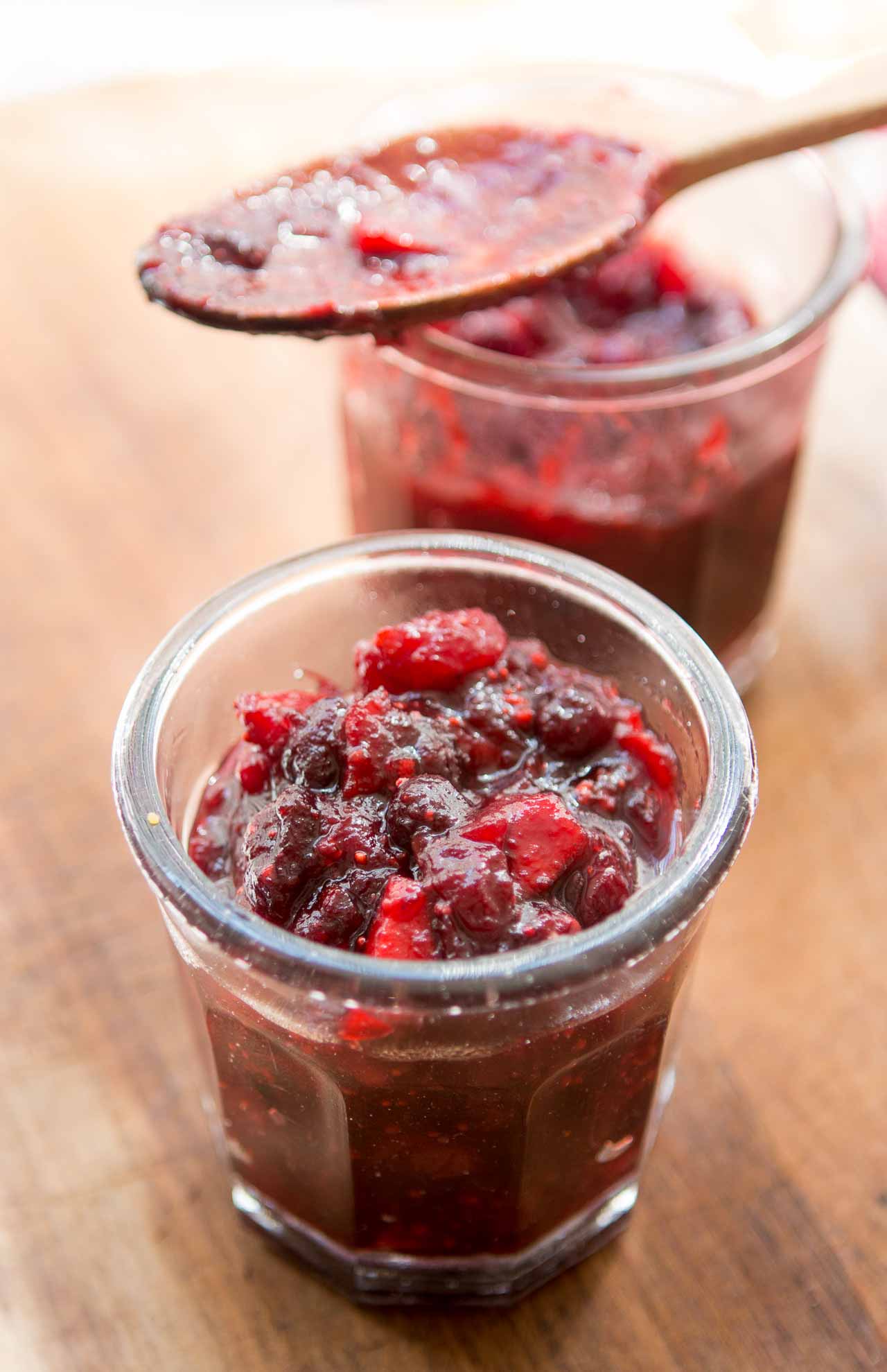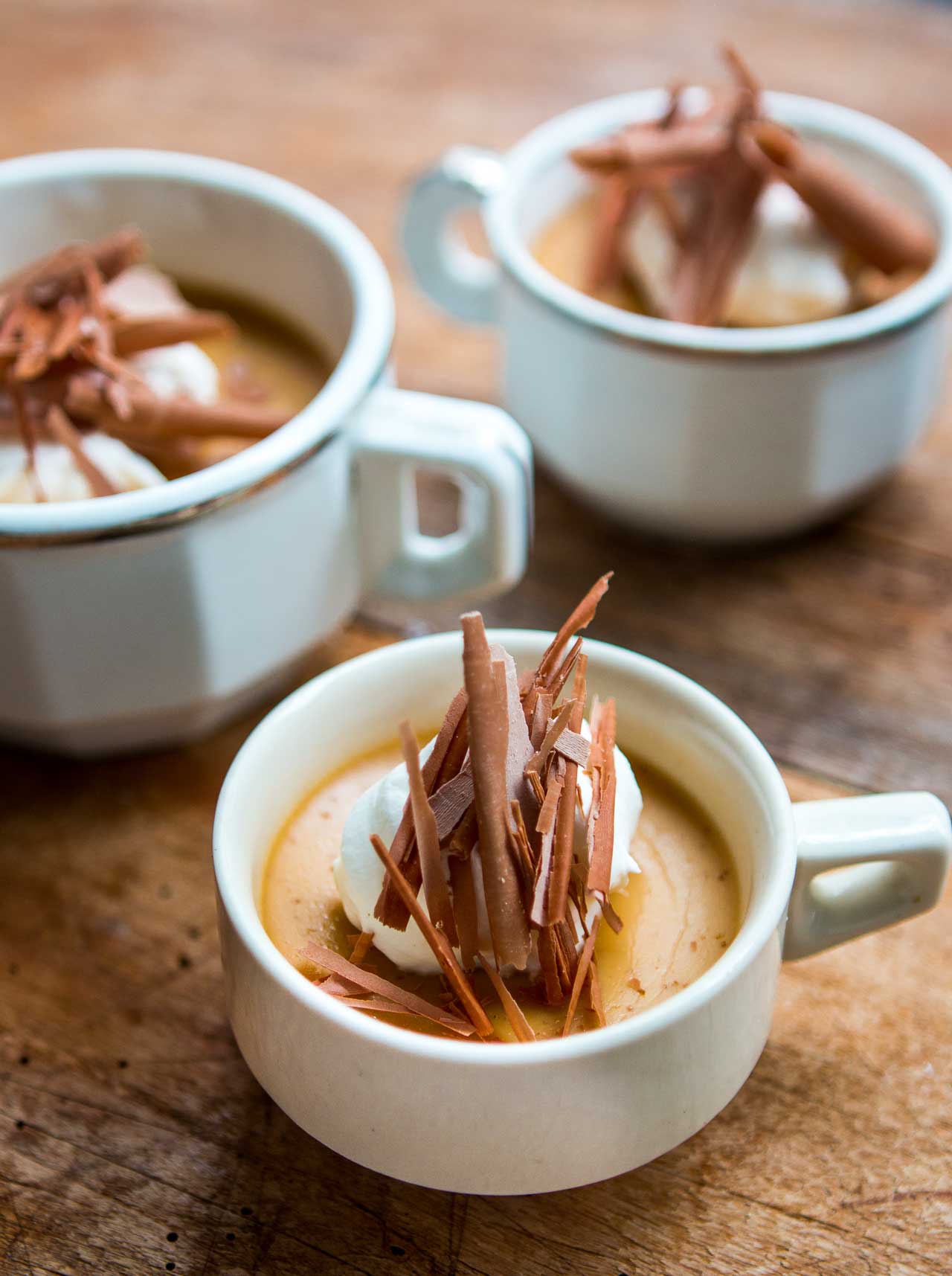Pairing Wine and Chocolate
I confess.
I’m one of those people that don’t like wine and chocolate together.
There’s something about all those diverse flavors going every which way in your mouth…all I want when I enjoy chocolate is to taste rich, dark, unadulterated chocolate without any distractions.

I’ve been meaning to write more about chocolate, and when Clotilde announced she’s hosting Wine Blogging Wednesday 13, it was the perfect excuse to add some notes here about chocolate.
I asked two friends and chocolate experts (I love having chocolatiers as friends)from two of my favorite chocolate companies how they felt about pairing chocolate with wine. You may not know this, but most chocolate is a blend of various roasted beans, plucked from pods and roasted to achieve a certain flavor and profile that the chocolate-maker is seeking. Like wine, chocolate is often blended from various beans, which of course can vary. Depending on variety, origin, fermentation, and roasting, cacao beans can have amazingly different flavors, so often they’re blended.
And in spite of what you’ll read and hear, there’s often no advantage to single-origin chocolates over blended chocolates, unless it’s really important to you that your chocolate is only made from one particular kind of cocoa bean.
A few chocolate companies make excellent single-bean chocolate, such as Amadei, E. Guittard, and Domori; all are extraordinary and well worth eating, but I find other single-bean chocolates a result of good marketing and no more exceptional than some of the blended chocolates.
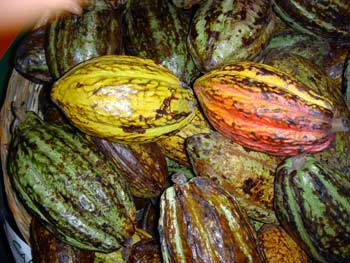
As a former winemaker, chocolate-expert John Scharffenberger transitioned from sparkling winemaker to mastering the art of blending fine chocolate. During his explorations and tastings, he was intrigued by discovering similar flavor components in wine and chocolate, finding nuances that both had in common.
“In tasting Chocolate and wine, there’s a definite fruit acidity (cocoa beans in chocolate, grapes in wine) in the beginning. Next is a bit of a respite in the mid-palette (the fatty cocoa butter for chocolate) and finally sweetness (sugar in chocolate, the alcohol or yeast of sparkling wine.)”
He describes a similar finish when tasting wine and chocolate “defined by tannins, sometimes long and soft, sometimes short and harsh.”
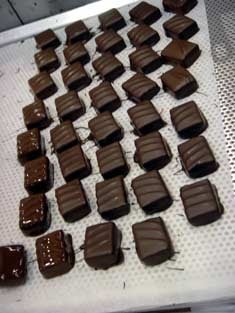
Chocolate and wine both have tannins, which can makes them remarkably similar, and I agree with John Scharffenberger (although Hershey’s ain’t making any offers to buy my business!)
The problem arises when those tannins compete with each other. That’s why I prefer a sweet, smooth, rounded ruby port wine with chocolate, rather than a bracingly intense wine, like Cabernet or Zinfandel.
Often the two just obliterate each other and cancel out each others fine qualities.
So I admit that for this chocolate and wine pairing, I fudged a but.
(Sorry, bad pun…)
I opted to pair chocolate with something unusual: Spiritueux de Cacao, a clear, distilled liquor made by steeping and heating cocoa beans then capturing the essence by collecting the aroma and bottling the liquid created by the steam.
Sounds difficult?
That’s why good eau-de-vie is rather pricey. Jörg Rupf of St. Georges told me he uses 60 pounds of Bartlett pears to make just one bottle of Pear William (pear eau-de-vie).
I discovered my Spiritueux de Cacao at Lavinia, the 3-story wine emporium here in Paris. At Lavinia, there’s a roomful of eaux-de-vie made from every flavor possible: quince, thyme, sour cherries, honey, lime, and…chocolate. I recommend visiting the 3-story wine emporium if you come to Paris, located near the historic Place Madeleine and visit the collection of open bottles. You’re welcome to take a good sniff and sample from their selection. (Now that’s my kind of wine store…)
Naturally I chose the chocolate one, and left the garlic one behind!
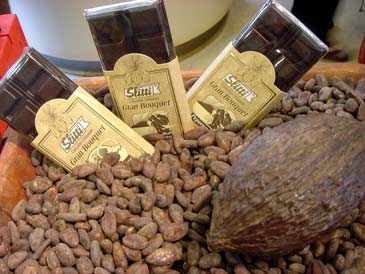
Frederick Schilling, the ‘alchemist’ of Dagoba, one of my favorite organic chocolates (his Dagoba Xocolatl bar with chilis, cacao nibs, maca, and a hint of nutmeg is simply amazing), finds that the nuances of some of his exotically-flavored chocolates pair well with wine. Frederick loves pairing his floral lavender chocolate with a pinot noir and his delicious lime-scented milk chocolate with a crisp pinot gris.
But when I pressed him for tasting specifics, Frederick replied that he thinks that chocolate tasting comes down to “there are no rights or wrongs. Taste is a subjective art … If it tastes good, you’re having fun, and are surrounded with people you love, it must be the right pairing.”
So here’s my ‘wine’ and chocolate pairing for Wine Blogging Wednesday 13: little rich, individual chocolate cakes.
I make one for each person because I don’t like to share my chocolate! Each is studded with liquor-soaked prunes, adding soft, sweet little bites that meld perfectly with intense dark chocolate. These petits gâteaux can be made in advance and the flavor improves as they sit. (Trust me, I ate all four cakes over the course of the day I made them. They kept getting better and better and better).
If you don’t happen to have a bottle of chocolate eau-de-vie in your liquor cabinet, either come to Paris and pick one up (sorry, I don’t deliver)…or macerate the prunes in port wine or dark rum.
Gâteaux Bastille
(Little Chocolate Cakes)
4 individual cakes
For the prunes
6 medium-sized pitted prunes, cut into little-bitty, bite-sized pieces
2 tablespoons Metté cacao eau-de-vie
For the cakes
4 ½ ounces (125 gr) bittersweet chocolate, finely chopped
¼ cup (50 ml) heavy or light cream
2 large eggs, at room temperature
2 tablespoons sugar
pinch of salt
In a small bowl, mix the prunes in the eau-de-vie.
Cover, and let macerate for a few hours.
Butter four 2 3/4-inch (7 cm) paper cake molds and set them on a baking sheet. (See note.)
To make the cakes:
1. Preheat the oven to 375° F degrees (190° C).
2. In a medium bowl set over simmering water, melt together the chocolate and cream. Remove from heat.
Mix in the prunes and any liquor in the bowl remaining, then let cool to room temperature.
3. In the bowl of a standing electric mixer, at high speed, beat the eggs and sugar with a pinch of salt until thick, about 5 minutes.
4. Fold one-third of the beaten egg mixture into the chocolate, then fold in the remaining egg foam.
5. Divide batter between each cake mold.
Bake for 30 minutes, until cakes are tender and still soft when you touch the top. Each will rise, then gently sigh down a bit.
Remove from oven and cool a few minutes before removing the paper cake mold (use a scissors to cut it away).
Serve warm or at room temperature with very cold crème anglaise and perhaps a scattering of crisp-toasted sliced almonds.
Note: If you can’t get paper cake cups, you can use paper muffin liners in a muffin tin.
Ok, how’s that for a nice, rich little chocolate dessert?
I’m so wiped out from all that chocolate, I need a break.
Let’s see, where should I go this weekend?
How about…..








